KOJAK - SEASON 4: More Than Just Another Cop Show, Baby
How much do you know about Kojak? If you're a neophyte, like Your Humble Reviewer was prior to sitting down with Season 4 of this show, your knowledge is probably limited to a few basic facts: it was a cop show from the 1970's with Telly Savalas in which he ate the occasional lollipop and said "Who loves ya, baby?" in between solving cases.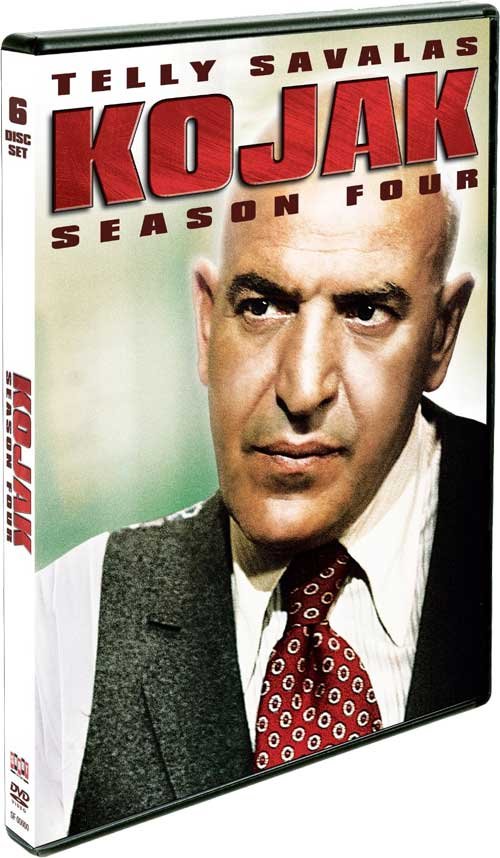 However, if you actually sit down and watch the show then you'll realize this is no hunk of vintage tele-kitsch like Charlie's Angels or T.J. Hooker. In fact, if this season is an indication of the quality for the show's full run, Kojak is one of the best cop shows in television history.The show's basic setup is simple: Savalas toplines as Lieutenant Theo Kojak, a detective with the NYPD who works in their homicide division. His boss is Captain McNeil (Dan Frazer) and he heads a group of detectives that include Crocker (Kevin Dobson), Stavros (George Savalas), Sapirstein (Mark Russell) and Rizzo (Vince Conti). Each week Kojak and his team investigate a murder and each week's case brings in a broader topic beyond merely solving a case.However, there is much more to Kojak than that basic description allows. Like Police Story, it's an early example of a cop show that placed its focus on sharp, multi-layered screenwriting - particularly in its characterizations and dialogue - rather than action or narrative formulas. The scripts used for the episodes in Season 4
However, if you actually sit down and watch the show then you'll realize this is no hunk of vintage tele-kitsch like Charlie's Angels or T.J. Hooker. In fact, if this season is an indication of the quality for the show's full run, Kojak is one of the best cop shows in television history.The show's basic setup is simple: Savalas toplines as Lieutenant Theo Kojak, a detective with the NYPD who works in their homicide division. His boss is Captain McNeil (Dan Frazer) and he heads a group of detectives that include Crocker (Kevin Dobson), Stavros (George Savalas), Sapirstein (Mark Russell) and Rizzo (Vince Conti). Each week Kojak and his team investigate a murder and each week's case brings in a broader topic beyond merely solving a case.However, there is much more to Kojak than that basic description allows. Like Police Story, it's an early example of a cop show that placed its focus on sharp, multi-layered screenwriting - particularly in its characterizations and dialogue - rather than action or narrative formulas. The scripts used for the episodes in Season 4  value inventiveness as highly as they do craftsmanship - and the result is a show that toys with cop show formula in innovative and frequently cinematic ways.For starters, Kojak is not the kind of show that has its star in every scene of each episode. It's a true ensemble piece, with the main character relying upon the legwork of his fellow detectives and having an amusingly written back and forth with Captain McNeil about the choices he makes.The show also isn't afraid to let other actors carry the weight of a particular episode. For example, the work of other cops sometimes drives an episode: "Monkey On A String"
value inventiveness as highly as they do craftsmanship - and the result is a show that toys with cop show formula in innovative and frequently cinematic ways.For starters, Kojak is not the kind of show that has its star in every scene of each episode. It's a true ensemble piece, with the main character relying upon the legwork of his fellow detectives and having an amusingly written back and forth with Captain McNeil about the choices he makes.The show also isn't afraid to let other actors carry the weight of a particular episode. For example, the work of other cops sometimes drives an episode: "Monkey On A String" 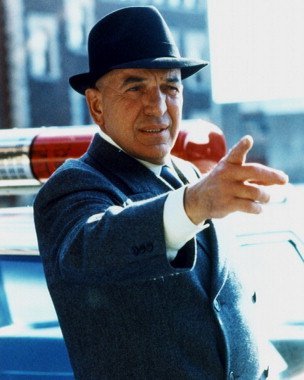 focuses on the travails of a financially troubled cop who finds himself getting sucked into going on the take and "A Hair Trigger Away" deals with a cop whose drug-addicted girlfriend might be affecting his ability to do his job. The writing is perceptive and sensitive in these episodes, easily on a par with Police Story regarding their insight into the inner lives of policemen.Sometimes, this shift in focus away from the protagonist is used to help explore a social theme. Great examples of this tactic include "By Silence Betrayed," where the investigation of a murder on the docks leads into an exploration of an insular community of longshoremen, and "An Unfair Trade," a gripping episode in which the shooting of a teen in a Puerto Rican attitude allows the show to explore the complex relationship between the police and ethnic neighborhoods. The latter show also focuses on how being wrongly accused of misconduct can eat away at a cop's sanity, an aim memorably rendered by the performance of David Selby as the accused officer.
focuses on the travails of a financially troubled cop who finds himself getting sucked into going on the take and "A Hair Trigger Away" deals with a cop whose drug-addicted girlfriend might be affecting his ability to do his job. The writing is perceptive and sensitive in these episodes, easily on a par with Police Story regarding their insight into the inner lives of policemen.Sometimes, this shift in focus away from the protagonist is used to help explore a social theme. Great examples of this tactic include "By Silence Betrayed," where the investigation of a murder on the docks leads into an exploration of an insular community of longshoremen, and "An Unfair Trade," a gripping episode in which the shooting of a teen in a Puerto Rican attitude allows the show to explore the complex relationship between the police and ethnic neighborhoods. The latter show also focuses on how being wrongly accused of misconduct can eat away at a cop's sanity, an aim memorably rendered by the performance of David Selby as the accused officer.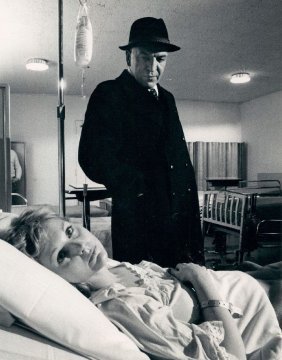 Elsewhere, some episodes of Kojak mix up the formula by allowing the tone to be a bit lighter. For example, "The Pride And The Princess" finds Kojak getting caught between a former princess and a mobster who might have her family's jewels while "Black Thorn" has Kojak trading barbs with a skip tracer whose trying to muscle in on his current case to collect a bounty. Rosey Grier offers a colorful turn as said skip tracer and even gets his own blaxplotation movie-styled musical theme.That said, the influence of Savalas is felt in each episode whether he is driving its story or acting as commentator from its sidelines. It's no wonder Savalas became synonymous with his character after doing this show: Kojak is super-cool, with a style of talking right out of a Raymond Chandler story and a gruff, sarcastic style of macho personality that just barely hides a big
Elsewhere, some episodes of Kojak mix up the formula by allowing the tone to be a bit lighter. For example, "The Pride And The Princess" finds Kojak getting caught between a former princess and a mobster who might have her family's jewels while "Black Thorn" has Kojak trading barbs with a skip tracer whose trying to muscle in on his current case to collect a bounty. Rosey Grier offers a colorful turn as said skip tracer and even gets his own blaxplotation movie-styled musical theme.That said, the influence of Savalas is felt in each episode whether he is driving its story or acting as commentator from its sidelines. It's no wonder Savalas became synonymous with his character after doing this show: Kojak is super-cool, with a style of talking right out of a Raymond Chandler story and a gruff, sarcastic style of macho personality that just barely hides a big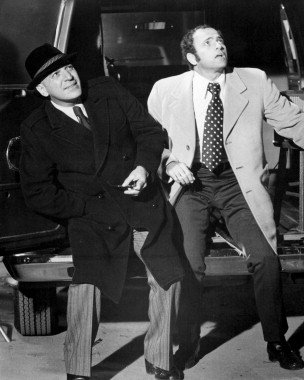 heart. Savalas is so good that he almost makes it look easy: whether he's cracking wise or getting tough with a villain, he carries himself with a larger-than-life charisma that adds the x-factor necessary to make this character legendary.It helps that Savalas gets excellent support from his cast of regulars. Frazer in particular shines as the Captain: he effortlessly convinces in the role thanks to a natural veteran-cop style of gravitas as is easily able to hold the screen with Savalas by underplaying their scenes with deadpan wit. Dobson offers a subtly charismatic turn as Kojak's top subordinate, adding a little youthful fire to offset Savala's middle-aged cool wisdom.It's w
heart. Savalas is so good that he almost makes it look easy: whether he's cracking wise or getting tough with a villain, he carries himself with a larger-than-life charisma that adds the x-factor necessary to make this character legendary.It helps that Savalas gets excellent support from his cast of regulars. Frazer in particular shines as the Captain: he effortlessly convinces in the role thanks to a natural veteran-cop style of gravitas as is easily able to hold the screen with Savalas by underplaying their scenes with deadpan wit. Dobson offers a subtly charismatic turn as Kojak's top subordinate, adding a little youthful fire to offset Savala's middle-aged cool wisdom.It's w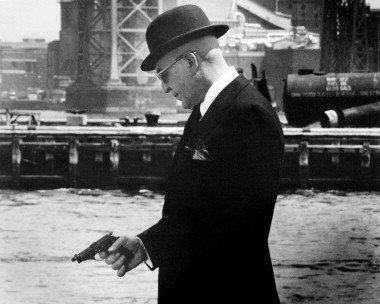 orth noting that the guest stars are always top-shelf in Kojak, responding well to the juicy guest roles the scripts have to offer: Hector Elizondo, Fionnula Flanagan and Geraldine Page are just a few of the guests stars who do excellent work in this season. A lot of younger stars make fun early appearances in smaller roles: for example, you can see Christopher Walken and William Hurt paying their dues in this season.Finally, Kojak benefits from the uniquely cinematic treatment it gets from the crew putting it together. The show makes excellent use of location shooting that gives it its distinct New
orth noting that the guest stars are always top-shelf in Kojak, responding well to the juicy guest roles the scripts have to offer: Hector Elizondo, Fionnula Flanagan and Geraldine Page are just a few of the guests stars who do excellent work in this season. A lot of younger stars make fun early appearances in smaller roles: for example, you can see Christopher Walken and William Hurt paying their dues in this season.Finally, Kojak benefits from the uniquely cinematic treatment it gets from the crew putting it together. The show makes excellent use of location shooting that gives it its distinct New  York flavor as well as giving a genuine, movie-style level of production value. It further benefits from rich, inventive music by Savalas pal John Cacavas, who goes to great pains to give each episode a few unique themes to go along with the expected library material. Finally, the show gets reliable direction from a gallery of reliable t.v. pros like Charles Dubin and Nicholas Sgarro. Particularly worthy of praise is Jeannot Szwarc, who contributes several strong episodes like "A Summer Madness" and the gripping two-parter "A Shield For A Murder."Simply put, Kojak: Season 4 offers a great example of why this was much more than just another cop show. If you're a fan of the genre, this is one of its greats.
York flavor as well as giving a genuine, movie-style level of production value. It further benefits from rich, inventive music by Savalas pal John Cacavas, who goes to great pains to give each episode a few unique themes to go along with the expected library material. Finally, the show gets reliable direction from a gallery of reliable t.v. pros like Charles Dubin and Nicholas Sgarro. Particularly worthy of praise is Jeannot Szwarc, who contributes several strong episodes like "A Summer Madness" and the gripping two-parter "A Shield For A Murder."Simply put, Kojak: Season 4 offers a great example of why this was much more than just another cop show. If you're a fan of the genre, this is one of its greats.


